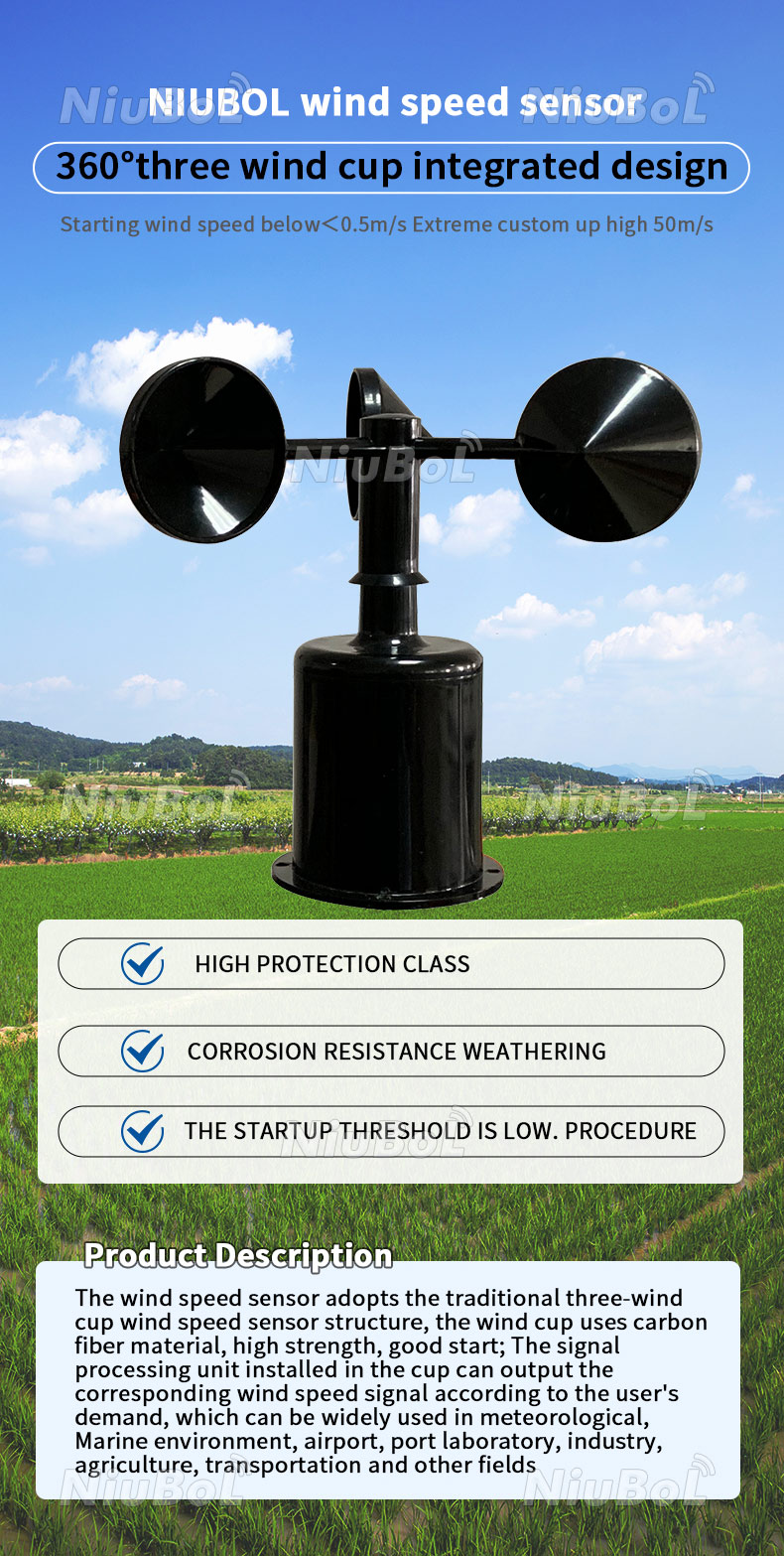Comparing Digital and Mechanical Anemometers: Which is Right for You?
Wiki Article
All You Required to Understand About Anemometers: Just How They Work, Why They Matter, and Where to Use Them
Anemometers, though often ignored in the world of scientific tools, play a vital function in numerous areas, using important insights right into wind speed and airflow patterns. Comprehending the mechanics behind these devices is important for anyone seeking to harness the power of this information. From meteorologists tracking weather condition patterns to designers creating structures with wind lots in mind, the applications of anemometers are far-reaching and varied. As we look into the intricacies of anemometer innovation, we will certainly discover the internal workings of these devices, their importance, and the crucial factors to consider when picking the appropriate anemometer for specific applications.
Anemometer Essentials
A vital tool used to measure wind rate and direction, the anemometer plays a crucial role in weather forecasting and different markets. An anemometer typically is composed of 3 or 4 mugs that revolve in the wind, a vane that aims right into the wind, and sensors to track the activities or turnings.
There are numerous types of anemometers offered, including cup anemometers, vane anemometers, hot-wire anemometers, and sonic anemometers, each with its one-of-a-kind features and applications. Cup anemometers are typically utilized for basic wind speed dimensions, while vane anemometers are chosen for directional dimensions.
Concepts of Anemometer Procedure
Building on the foundational understanding of anemometer fundamentals, the principles of anemometer procedure illuminate the auto mechanics behind wind speed and direction measurements. Mug anemometers, for instance, have 3 or even more cups that record the wind, causing them to spin quicker as the wind rate rises. Hot-wire anemometers rely on a heated cord that cools down as wind passes over it, with the rate of cooling down determining the wind speed.Significance of Anemometers
The value of anemometers in meteorology and various industries can not be overemphasized. Anemometers play an important duty in gauging wind rate and direction, offering necessary data for climate projecting, climate researches, environmental surveillance, and air travel procedures. Meteorologists rely upon anemometers to collect precise wind information, helping them understand weather patterns, forecast storms, and concern prompt warnings to the public. In markets such as building, agriculture, renewable resource, and maritime procedures, anemometers are utilized to enhance processes, ensure security, and increase effectiveness. Wind farm operators utilize anemometers to evaluate wind conditions and make the most of electrical energy manufacturing from wind generators. In the maritime field, anemometers aid ship navigation by supplying real-time wind details to captains, aiding them make informed decisions to ensure safe voyages. Overall, anemometers are important tools that contribute dramatically to safety and security, performance, and informed decision-making in meteorology and a variety of markets.Applications Throughout Different Industries
In the sustainable energy sector, anemometers play a critical role in assessing wind problems for wind ranch positionings, making certain ideal energy production. Industries like building and construction and mining make use of anemometers to monitor wind rates, crucial for safety and security protocols, especially when working at elevations or in open-pit mines where solid winds can position dangers. In agriculture, anemometers assist farmers check that in taking care of crop splashing by supplying real-time data on wind speed to avoid drift.
Choosing the Right Anemometer for Your Demands
Selecting click reference the suitable anemometer tailored to your details needs is vital for acquiring exact wind speed and instructions dimensions. When selecting an anemometer, consider aspects such as the desired application, required dimension array, ecological problems, and preferred features. For general functions, a mug anemometer appropriates for determining wind rate, while a vane anemometer supplies wind instructions data. Hot-wire anemometers are optimal for reduced airspeed measurements, and ultrasonic anemometers offer high precision and toughness.Verdict
Finally, anemometers check my site play a vital role in gauging wind rate and direction across different industries. Understanding the concepts of anemometer operation is vital for selecting the appropriate device for details requirements. From meteorology to aeronautics, anemometers are important devices for ensuring and accumulating accurate data security in different applications. When picking the most suitable gadget for measuring wind conditions., it is crucial to consider the relevance of anemometers in order to make enlightened decisions.There are numerous kinds of anemometers available, consisting of mug anemometers, vane anemometers, hot-wire anemometers, and sonic anemometers, each with its unique functions and applications. Cup anemometers are commonly made use of for basic wind speed measurements, while vane anemometers are favored for directional dimensions. Hot-wire anemometers are suitable for low airspeeds, and sonic anemometers are ideal for high-precision measurements in research study and commercial setups.Structure on the fundamental understanding of anemometer fundamentals, the principles of anemometer operation elucidate the mechanics behind wind rate and direction dimensions. For basic objectives, a cup anemometer is suitable for measuring wind speed, while a vane anemometer offers wind direction information.
Report this wiki page